Ensuring the safe delivery of delicate paper flowers requires meticulous packaging. “How to Pack Paper Flowers for Shipping” is a comprehensive guide designed to navigate the intricacies of preserving these intricate creations during transit.
The guide outlines a step-by-step process from preparing the flowers by ensuring they are dry and reinforced to individually wrapping and grouping them strategically.
Filling empty spaces within the box, adding a secure top layer, and sealing with precision form the core of this protective strategy.
The guide also emphasizes the significance of clear labeling, selecting a reliable carrier, and considering shipping insurance for added peace of mind.
Mastering this art ensures that recipients receive paper flowers in perfect condition, unmarred by the challenges of the shipping journey.
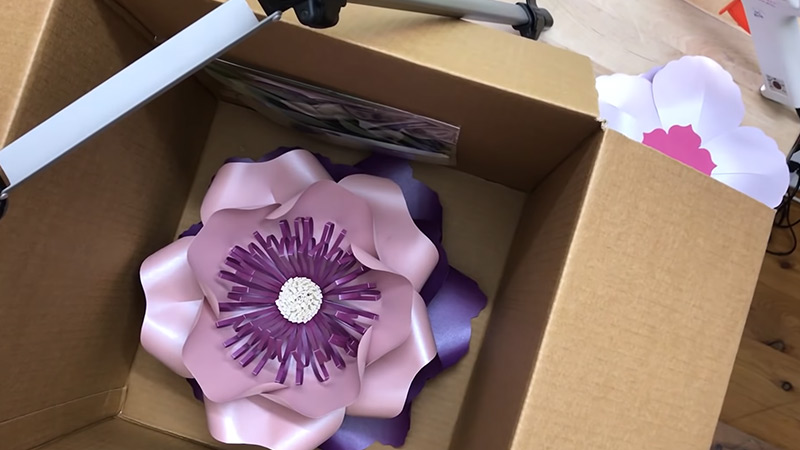
How to Package Paper Flowers for Shipping?
Shipping paper flowers requires careful packing to ensure they arrive at their destination in pristine condition.
Here’s a step-by-step guide on how to pack paper flowers for shipping:
Materials Needed:
- Sturdy Cardboard Box.
- Bubble Wrap or Tissue Paper.
- Packing Peanuts or Crumpled Paper.
- Clear Plastic Bags.
- Packing Tape.
Steps to Pack Paper Flowers for Shipping:
Prepare the Flowers
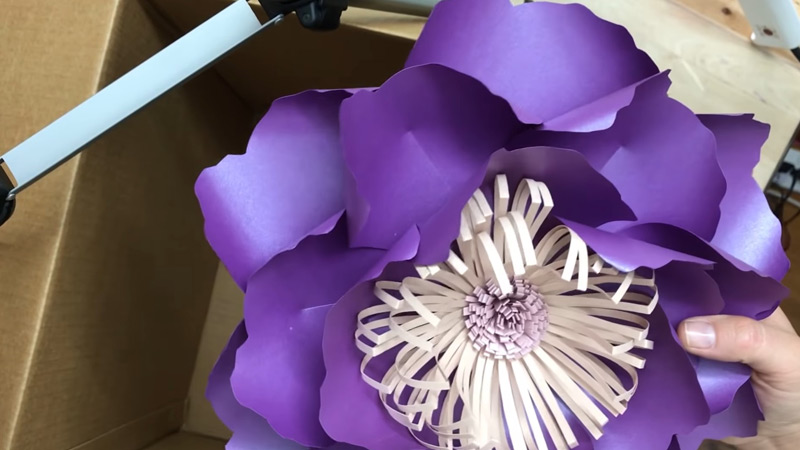
Ensure meticulous preparation by confirming that the paper flowers are entirely dry and devoid of any dust or debris. This step is critical as it establishes the foundation for the flowers’ resilience during shipping.
For added durability, especially if the flowers feature delicate elements, take the time to reinforce them with a protective layer of clear glue or sealant.
This extra measure provides an additional shield against potential damage during transit.
Secure Individual Flowers
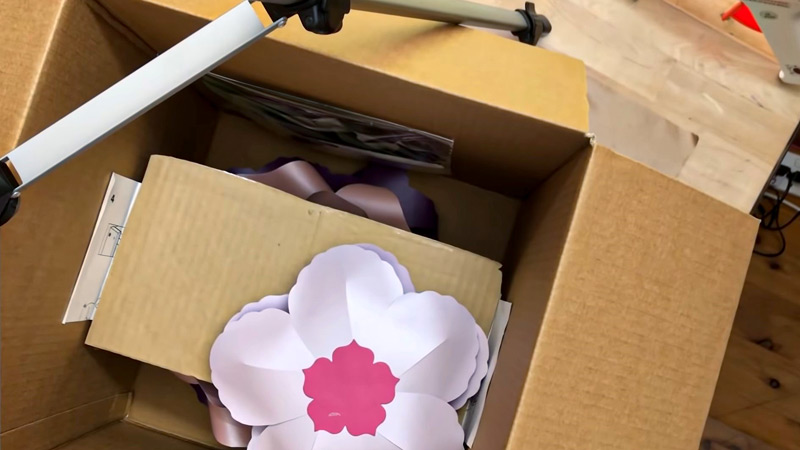
When securing individual flowers, pay careful attention to the wrapping process. If you’re shipping a bouquet or multiple flowers, wrap each flower separately using bubble wrap or tissue paper.
The key is to strike a balance and secure the wrapping with tape to ensure protection, but be cautious not to make it too tight, preventing any accidental crushing. This step is pivotal in safeguarding the integrity of each flower during the journey.
Grouping Flowers
Effectively grouping flowers is a strategic approach to optimizing protection. Depending on factors like size or type, organize multiple flowers together sensibly.
This streamlines the packing process and contributes to a more secure arrangement. To enhance the protective barrier, incorporate additional layers of bubble wrap or tissue paper around each grouped set of flowers.
This method fortifies the collective defense against potential impact or movement within the packaging.
Place in Plastic Bags
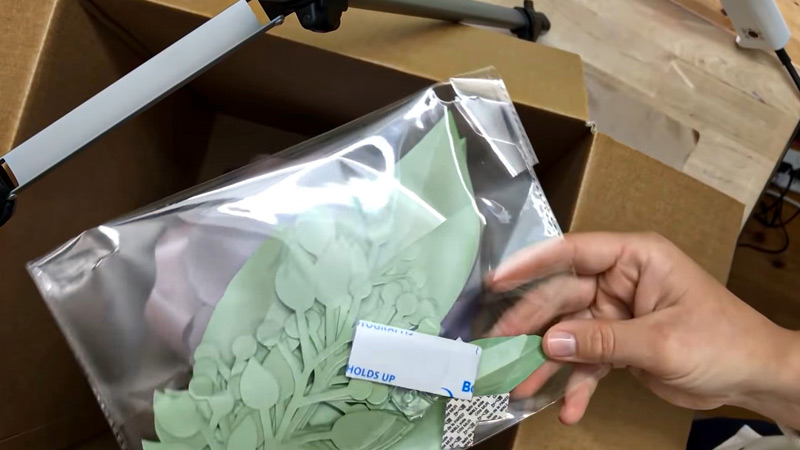
For an extra layer of protection, consider placing each carefully wrapped group of flowers into clear plastic bags.
This transparent shield not only acts as a moisture barrier but also provides visual confirmation of the enclosed contents. Seal the bags securely to guard against external elements and unexpected shifts during transit.
This step adds an additional safeguard, particularly if the environment or shipping conditions may pose a risk to the flowers.
Prepare the Box
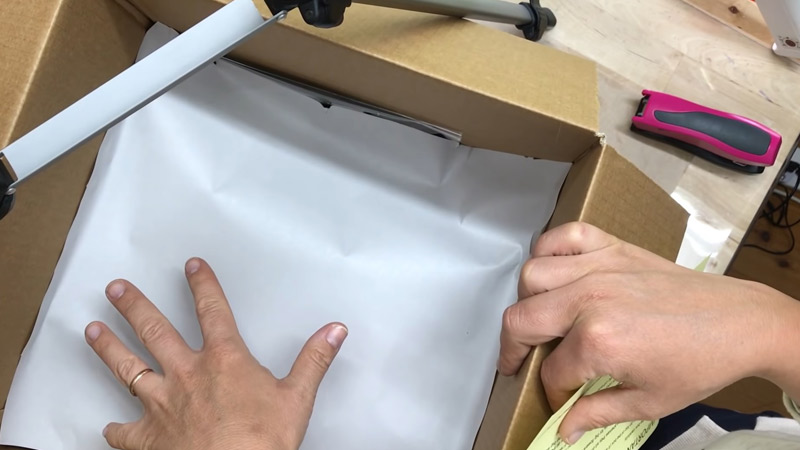
The final stage involves preparing the shipping box. Line the bottom of the cardboard box with a generous layer of packing peanuts or crumpled paper.
This foundational layer cushions against potential impacts or shocks during handling. Carefully position the individually wrapped and grouped flowers into the box, arranging them strategically to minimize movement.
This meticulous arrangement ensures that the flowers remain secure and intact throughout the shipping process, arriving at their destination in the same pristine condition in which they were packed.
Fill Empty Spaces
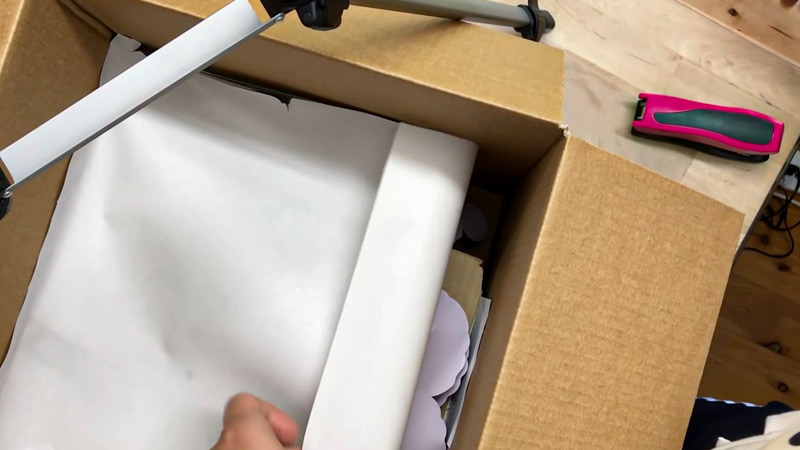
Efficiently utilize packing materials to fill any vacant spaces between the flowers and the sides of the box.
This crucial step serves as an additional preventive measure to eliminate movement or shifting during the shipping process.
Use packing peanuts or crumpled paper to create a secure buffer, ensuring that the flowers are snugly nestled within the packaging.
This meticulous approach minimizes the risk of damage caused by internal displacement during transit.
Top Layer and Seal
Proceed to add a final layer of packing material on top of the flowers, reinforcing their position within the box.
This top layer is the last line of defense, providing an added barrier against external forces that may impact the contents.
Seal the box meticulously with strong packing tape, ensuring that all seams are tightly secured.
This step is essential for maintaining the structural integrity of the packaging throughout the journey, safeguarding the delicate paper flowers inside.
Label the Box
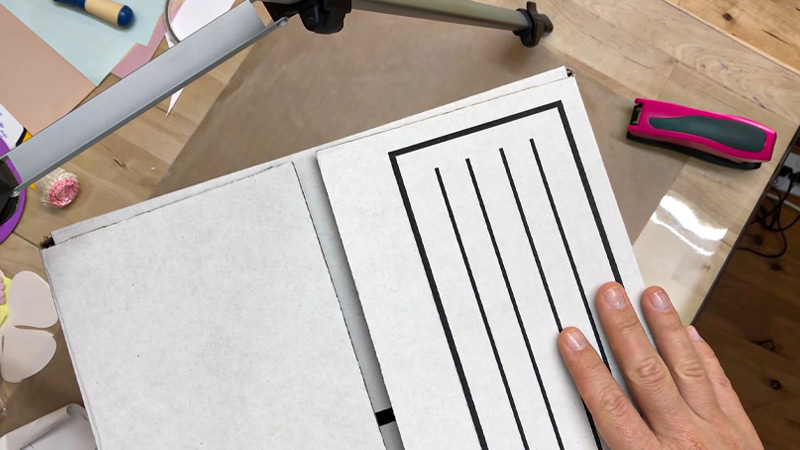
Clearly communicate the fragile nature of the package by labeling the box with conspicuous “Fragile” and “Handle with Care” markings.
Include any other pertinent shipping information, such as special handling instructions or directional arrows indicating the upright position.
This labeling serves as a visual cue for proper handling and informs carriers and handlers about the delicate contents, prompting them to exercise extra caution during transportation.
Choose a Reliable Carrier
Opt for a reputable and reliable shipping carrier with a proven track record in handling delicate items.
Research carriers that prioritize careful handling and have experience transporting fragile goods.
Choosing a carrier with a reputation for secure and timely deliveries enhances the likelihood of your paper flowers reaching their destination in pristine condition.
Insurance
Consider purchasing shipping insurance to provide additional protection and peace of mind. Insurance offers financial coverage in the rare event of damage or loss during transit.
While diligent packing significantly reduces the risk, having insurance acts as a prudent precautionary measure, offering reassurance that you are covered in case unforeseen circumstances impact the shipment.
How Do You Make an Origami Flower Bouquet Sticky Note?
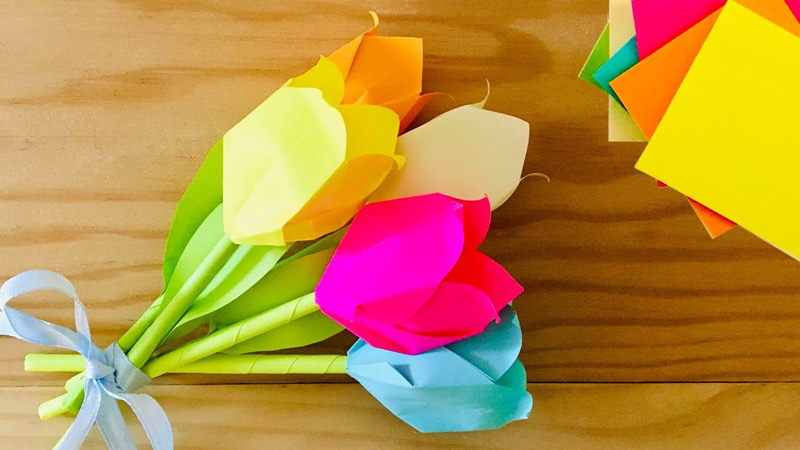
Creating an origami flower bouquet using sticky notes is a delightful and creative way to infuse a burst of color and charm into your workspace or home.
This miniature floral arrangement serves as a visually appealing decoration and offers the satisfaction of crafting something beautiful from simple materials.
Here’s a brief exploration of how to make an origami flower bouquet using sticky notes:
Materials Needed:
- Sticky Notes.
- Green Sticky Notes.
- Pen or Marker.
- Scissors.
- Clear Tape.
- Vase or Container.
Steps to Create an Origami Flower Bouquet:
Select Sticky Notes
When choosing sticky notes for your origami flower bouquet, opt for various colors that complement each other.
Consider the overall color scheme you’d like to achieve for your bouquet. Vibrant and contrasting colors can create a visually appealing arrangement. Feel free to mix and match different hues to add depth and interest to your bouquet.
Create Flower Petals
The process of folding sticky notes to form flower petals is a simple yet essential step in crafting your origami flowers.
Pay attention to the precision of your folds as you fold each sticky note into a triangle and then into a smaller triangle. Smooth, even folds contribute to the polished appearance of the petals.
Repeat this process for multiple sticky notes to create sufficient petals for each flower in your bouquet.
Form Flower Buds
Unfolding the triangles slightly to expose the center of the sticky note marks the transition from petals to flower buds. Folding the top corner down to create a small pocket adds dimension to the bud.
This step gives your flowers a realistic structure and a focal point for your origami bouquet. Ensure consistency in creating buds for each petal, maintaining uniformity across the flowers.
Craft Stems and Leaves
Consider adding stems and leaves to your origami flowers for an extra touch of realism. Cut green sticky notes into thin strips to form stems, and if desired, fashion additional small pieces to resemble leaves.
Attach these elements to the base of the flower buds using clear tape. This step introduces a more natural and botanical aspect to your bouquet, making it visually captivating.
Assemble the Bouquet
The assembly of your origami flower bouquet is where the artistic vision comes to life. Arrange the origami flowers, buds, and stems in a way that is visually appealing to you.
Experiment with different combinations, varying the heights and positions of the flowers for a balanced and harmonious arrangement.
Take your time to ensure each element complements the others, creating a cohesive and beautiful bouquet. To secure the arrangement, delicately wrap the stems together using clear tape.
Remember to maintain the desired arrangement while keeping the tape discreetly hidden beneath the flowers.
This step ensures stability and allows for easy handling and transportation of your origami bouquet.
Personalize with Details
Adding personalized details to your origami flowers elevates the artistic impact of the bouquet. Using a pen or marker to embellish the flowers with lines or dots creates texture and visual interest.
You can experiment with different patterns or designs on the petals to make each flower unique. Additionally, consider adding a personalized message on the petals for a sentimental touch.
This customization adds a layer of meaning to your origami flower bouquet, making it visually appealing and emotionally resonant.
Display in a Vase
The final touch is displaying your creative masterpiece in a vase or decorative container. Choose a vase that complements the style and colors of your origami flowers.
Arrange the stems in the vase, ensuring the bouquet sits securely and is aesthetically pleasing.
The vase serves as both a functional holder and a decorative element, enhancing the overall presentation of your origami flower bouquet.
FAQs
How long can flowers stay in a box?
Depending on factors like flower type and storage conditions, flowers can stay fresh in a box for 1 to 7 days.
What type of box should I use for packing flowers for shipping?
To pack flowers for shipping, use sturdy boxes, wrap each flower securely, and choose a reliable carrier for safe delivery.
How can flowers be transported to ensure optimal freshness upon arrival?
When transporting flowers, secure them with protective materials and ensure they won’t shift during the journey for optimal freshness upon arrival.
Wrap Up
Mastering the art of packing paper flowers for shipping is a meticulous process crucial for preserving their delicate beauty.
By following the comprehensive steps outlined in this guide, from initial flower preparation to the final sealing of the box, one can ensure the safe transit of these intricate creations.
The emphasis on strategic wrapping, careful grouping, and the use of protective layers minimize the risk of damage during shipping.
Clear labeling, choosing a reliable carrier, and considering insurance further fortify the safeguarding process.
Ultimately, this guide empowers individuals to confidently share or sell their paper flower creations, knowing that meticulous packaging ensures their safe arrival at their destination, ready to be admired and cherished.
Leave a Reply